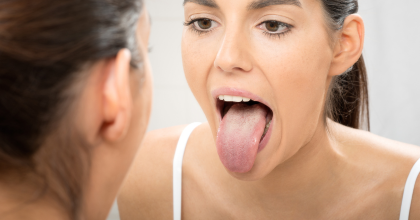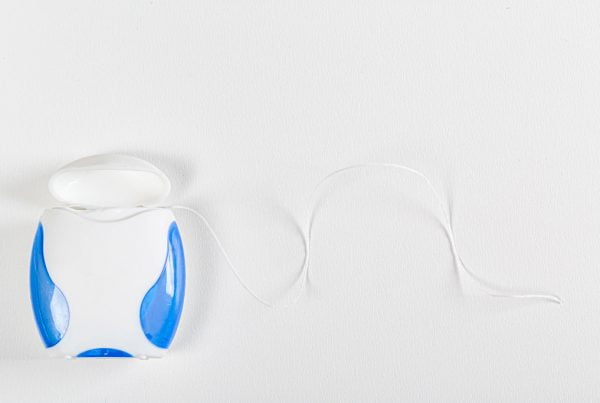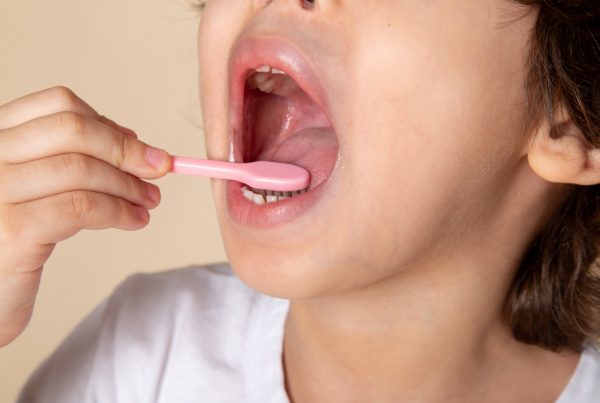
Maintaining a clean tongue is a crucial yet often overlooked aspect of oral hygiene. The tongue’s surface harbors bacteria, food particles, and dead cells, which can lead to bad breath (halitosis), tooth decay, and gum disease. With the rise in popularity of water flossers, many wonder if these devices can effectively clean the tongue. This article explores the efficacy of using a water flosser for tongue cleaning and guides you on selecting the appropriate tip.
Is a water flosser effective for cleaning the tongue?
Water flossers, also known as oral irrigators, utilize a pressurized stream of water to remove debris and bacteria from the mouth. While they are primarily designed for interdental cleaning, their gentle yet effective action makes them suitable for cleaning the tongue’s surface as well.
The pulsating water can reach the tongue’s grooves and crevices, flushing out bacteria and food particles that traditional brushing might miss. This method is particularly beneficial for individuals with sensitive tongues or those who find tongue scrapers uncomfortable.
Choosing the right tongue cleaning tip
To optimize tongue cleaning with a water flosser, it’s essential to use a tip specifically designed for this purpose. These tips typically feature a broader, flatter design to cover more surface area and may include soft bristles or ridges to aid in debris removal.
Recommended tongue cleaning tips:
- Waterpik TC-100E Tongue Cleaner. This spoon-shaped tip is designed to trap and remove bacteria from the tongue effectively. It’s compatible with most Waterpik models and should be replaced every six months.
- Panasonic EW0955 Tongue Cleaner. Compatible with Panasonic models like EW1511 and EW1211, this tip features a flat design for thorough cleaning.
- Oral-B OxyJet Tongue Cleaner. Designed for use with Oral-B OxyJet models, this tip gently removes bacteria from the tongue’s surface.
- Smilesonic AquaFlow Tongue Tip. Specifically crafted for the Smilesonic AquaFlow, this tip offers a wide, flat head to effectively clean the tongue.
If your water flosser doesn’t include a tongue-specific tip, using the standard tip is possible, but it may not provide the same level of effectiveness.
How to clean your tongue with a water flosser: step-by-step guide
- Prepare the device. Fill the water reservoir with lukewarm water. Some models allow the addition of mouthwash for enhanced antibacterial action; consult your device’s manual before doing so.
- Select the appropriate tip. Attach the tongue cleaning tip to your water flosser.
- Adjust pressure settings. Begin with the lowest pressure setting to avoid discomfort. Gradually increase the pressure as needed.
- Position the tip. Place the tip in the center of your tongue, about halfway back.
- Activate the flosser. Turn on the device and gently pull the tip forward along the tongue’s surface with light pressure. Repeat this motion to cover the entire tongue.
- Rinse your mouth. After cleaning, rinse your mouth thoroughly with water to remove any loosened debris.
- Clean the device. Detach and rinse the tip under warm water. Regularly clean and replace tips as recommended by the manufacturer.
READ MORE: How to clean a water flosser?
Comparing water flossers to traditional tongue cleaning methods
Traditional methods like tongue scrapers and toothbrushes are effective for tongue cleaning. Tongue scrapers are particularly efficient at removing the biofilm layer that harbors bacteria. However, water flossers offer a gentler alternative, especially beneficial for those with sensitive tongues or gag reflexes.
Advantages of using a water flosser for tongue cleaning
Gentleness
Reduces the risk of irritation or injury to the tongue’s surface.
Ease of use
Simplifies the cleaning process, making it more likely to be incorporated into daily routines.
Comprehensive cleaning
Effectively reaches the tongue’s grooves and crevices.
Considerations
- May be less effective than scrapers in removing thick coatings on the tongue
- Higher initial investment compared to manual tools
- Requires regular cleaning and tip replacement
Conclusion
Incorporating tongue cleaning into your oral hygiene routine is vital for maintaining fresh breath and overall oral health. Using a water flosser with a dedicated tongue cleaning tip offers a gentle and effective method to achieve this. While traditional tools like scrapers and toothbrushes remain effective, water flossers provide an excellent alternative, especially for those seeking a more comfortable experience. For optimal results, combine tongue cleaning with regular brushing, flossing, and dental check-ups.






